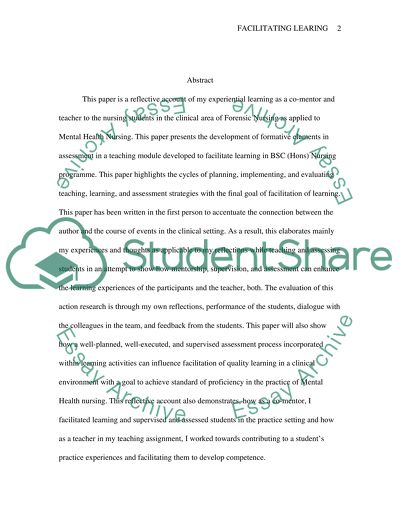Cite this document
(“Facilitating Learning in Clinical Practice BSC Nursing Case Study”, n.d.)
Facilitating Learning in Clinical Practice BSC Nursing Case Study. Retrieved from https://studentshare.org/health-sciences-medicine/1522374-facilitating-learning-in-clinical-practice
Facilitating Learning in Clinical Practice BSC Nursing Case Study. Retrieved from https://studentshare.org/health-sciences-medicine/1522374-facilitating-learning-in-clinical-practice
(Facilitating Learning in Clinical Practice BSC Nursing Case Study)
Facilitating Learning in Clinical Practice BSC Nursing Case Study. https://studentshare.org/health-sciences-medicine/1522374-facilitating-learning-in-clinical-practice.
Facilitating Learning in Clinical Practice BSC Nursing Case Study. https://studentshare.org/health-sciences-medicine/1522374-facilitating-learning-in-clinical-practice.
“Facilitating Learning in Clinical Practice BSC Nursing Case Study”, n.d. https://studentshare.org/health-sciences-medicine/1522374-facilitating-learning-in-clinical-practice.


